Science
Ms Kirk, Ms Nguyen & Ms Kini

Science
Ms Kirk, Ms Nguyen & Ms Kini
What an amazing few weeks diving into Biology! We continue to be blown away by the students’ zest and curious questions about animals, plants and biomes.
Students learnt to identify the 5 main parts of a plant (roots, stem, leaves, flowers and fruits), features of a koala and have begun learning about the characteristics of living things: respiration. Students engaged in videos, pair and whole class sharing, and recorded their learning in a labelled diagram.
Our next step is to discover more about how different living things move, grow and breathe.
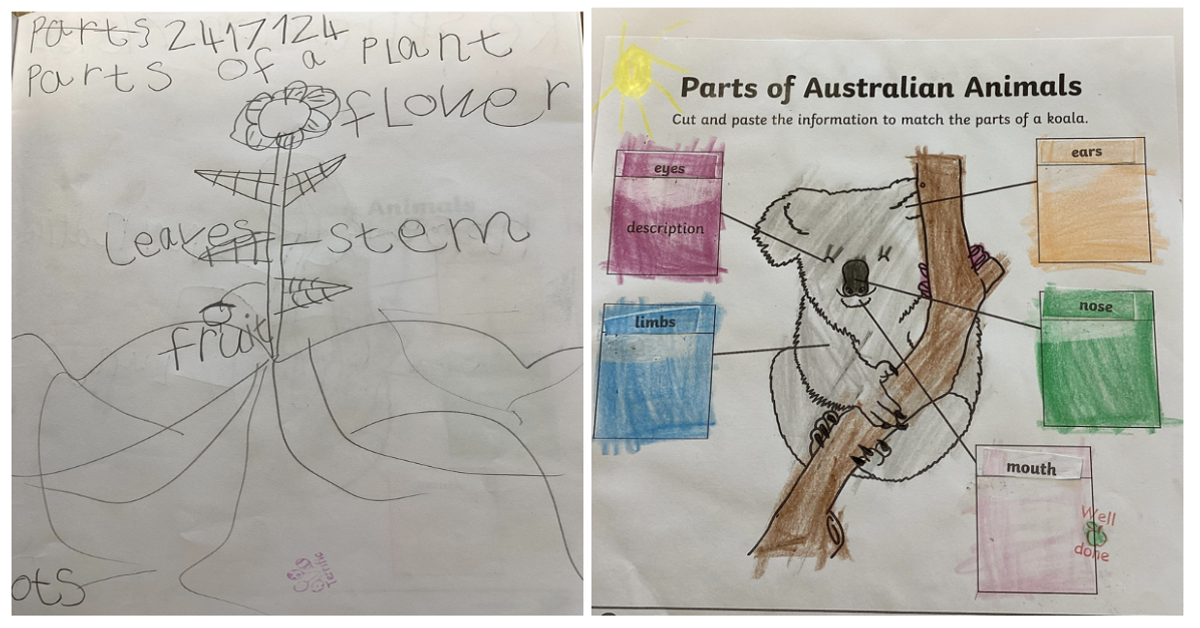

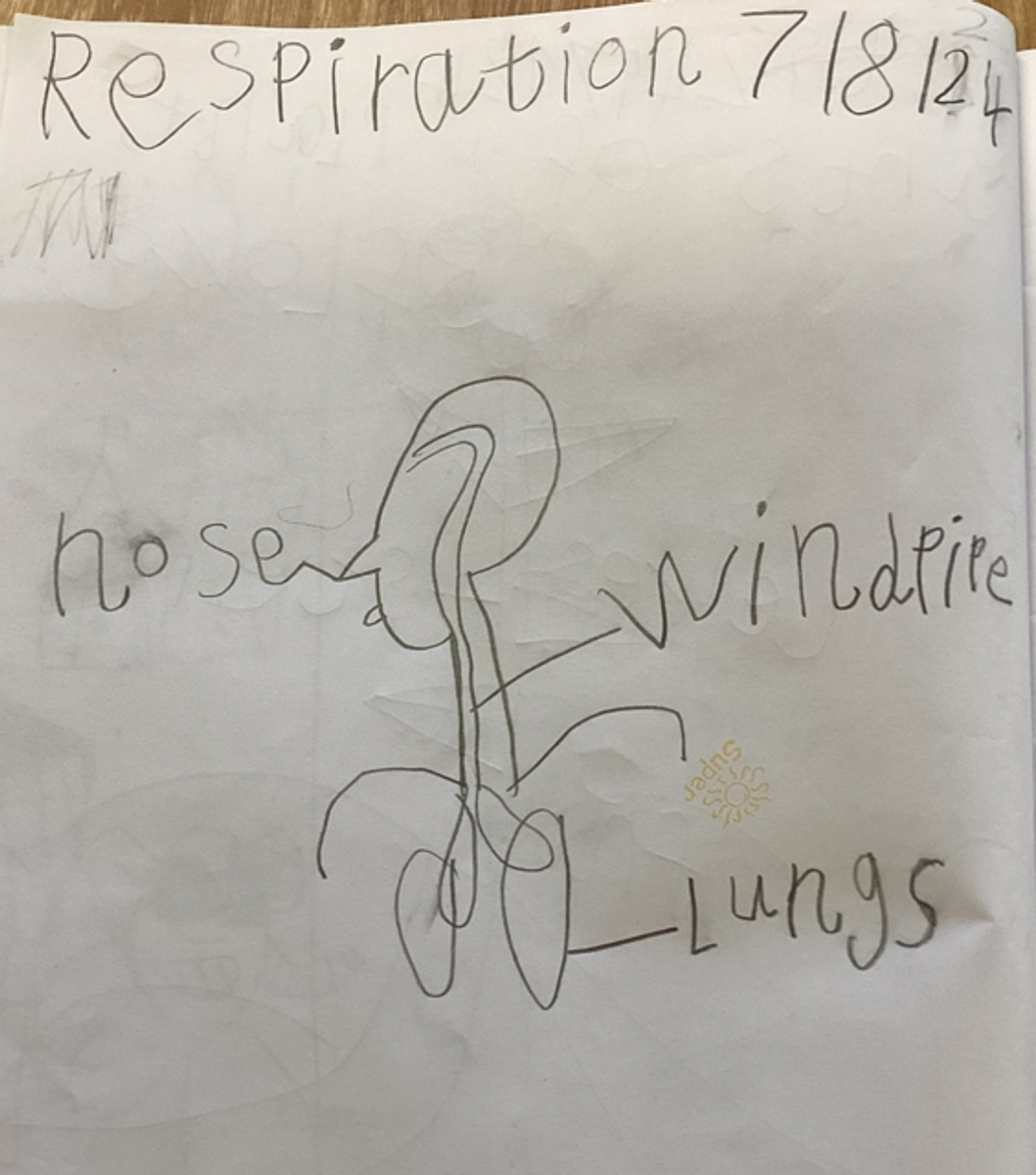

Students built on their knowledge of the features and needs of specific plants and animals. Students explored that the type of shelter differs based on the size of the animal.
Our next step is to discover the features of animals and begin to explore the purposes of these features.
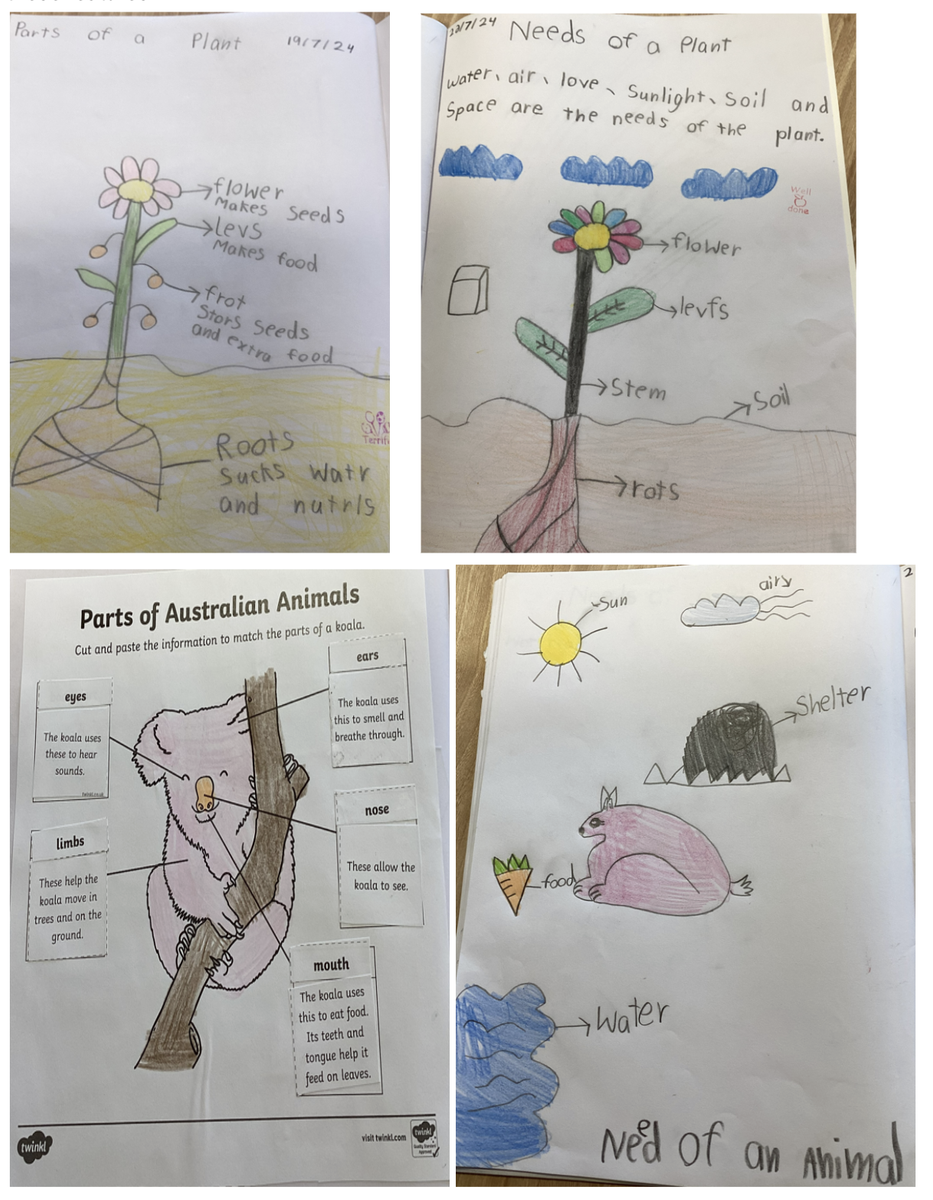

Students learnt that plants use sunlight and chlorophyll to make their own food through the process of photosynthesis. Students also learnt that plants make their own seeds via pollination. These topics helped students explore and explain the life cycle of a tomato plant by making a foldout card.
Our next step is to discover more about the life cycle of different plants and animals, focusing on using key words learnt in our unit to explain the life cycle stages.
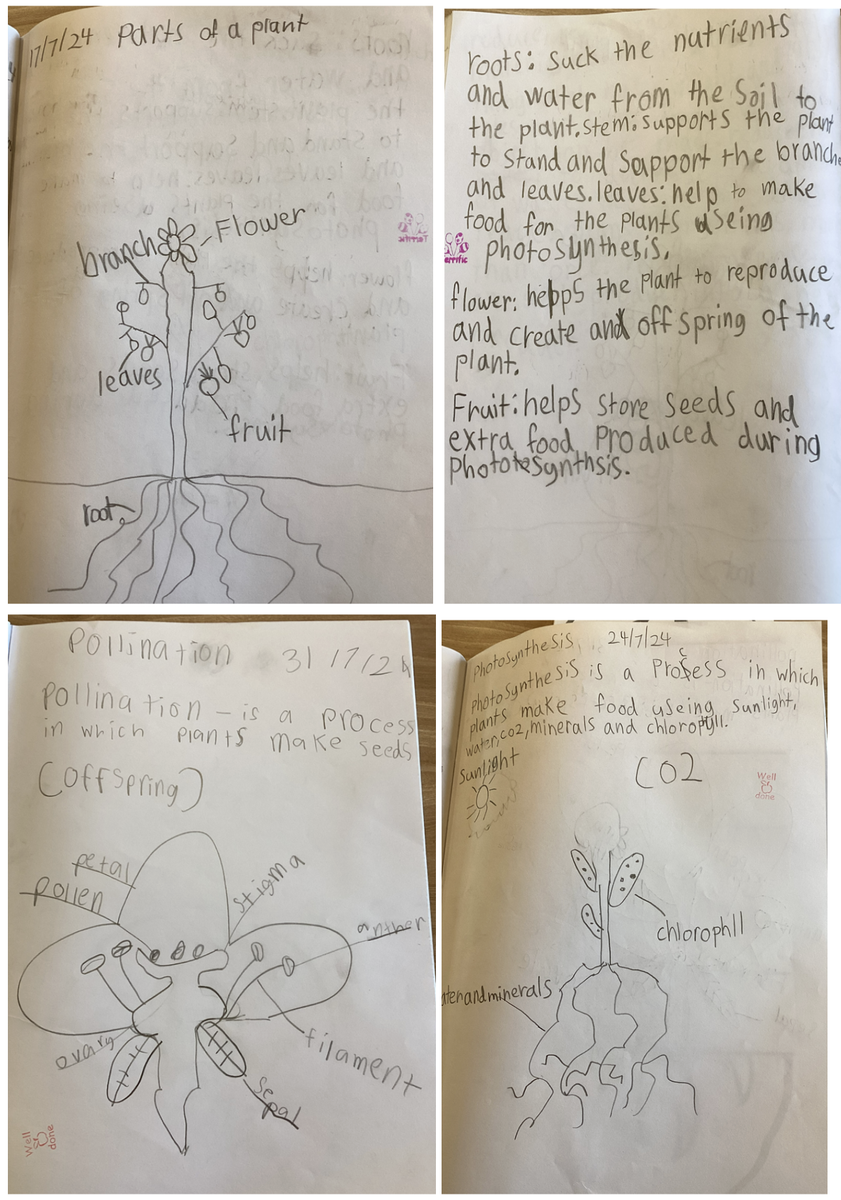



Students learnt that leaves and flowers have unique characteristics that help scientists categorise them, which can help them when they are older such as when they design their future gardens, front house or work for a company or school to plant different plants that are aesthetic.
Our next step is to discover the features of different animals and their purposes to help with survival.


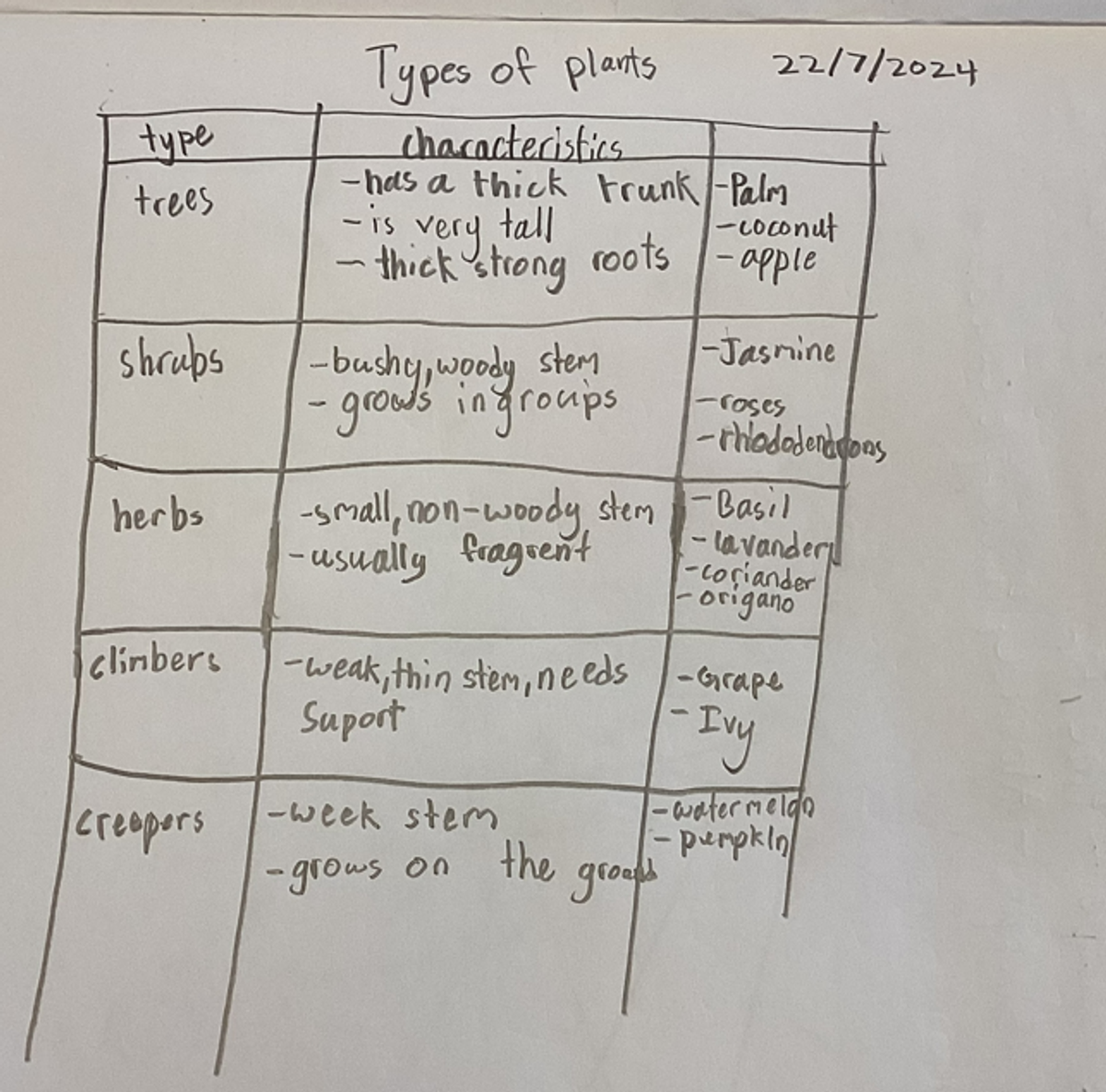

Students built on their knowledge of photosynthesis and pollination, as well as how different abiotic (non-living) and biotic (living) pollinators help with pollination. This supported students to explain life cycles of a strawberry plant by making a fold out card.
Our next step is to discover more about the life cycle of different plants and animals, focusing on using key words learnt in our unit to explain the life cycle stages.
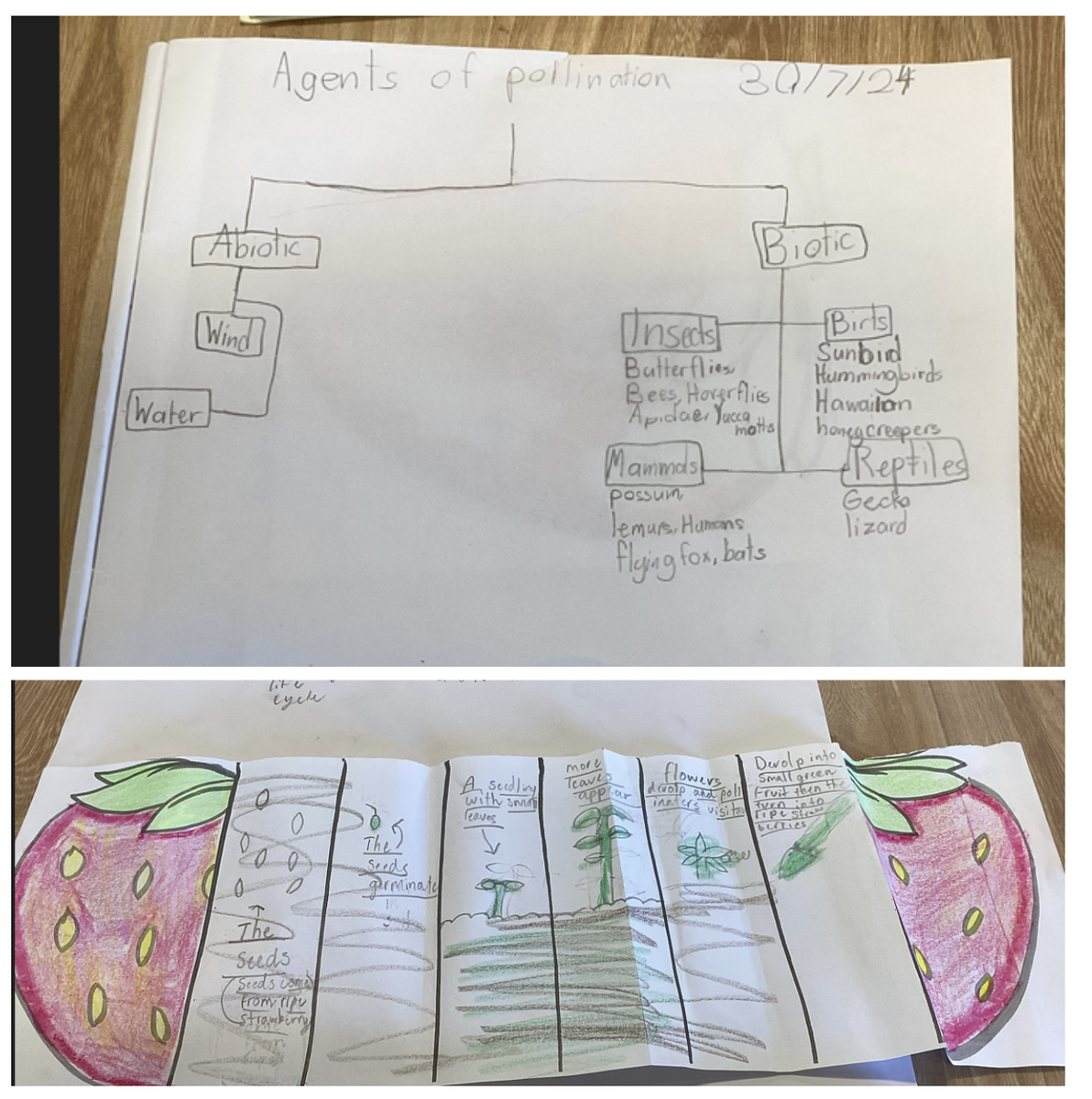
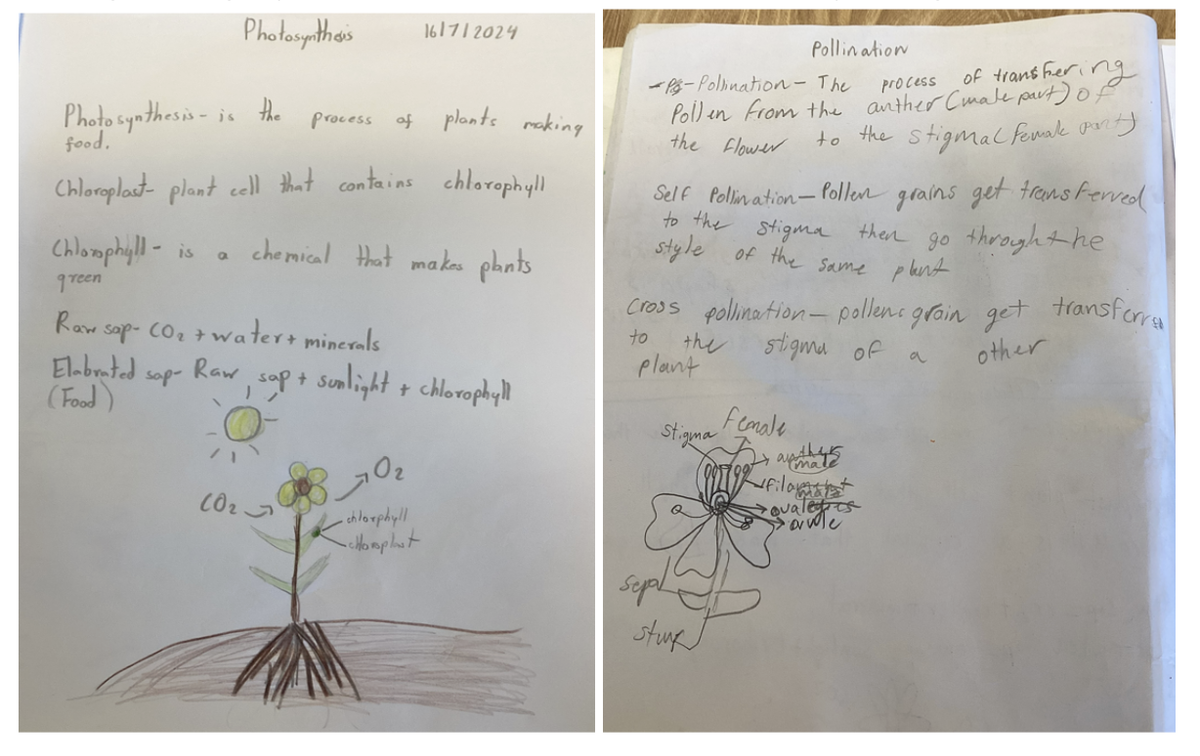


Students learnt that plants can be categorised based on their habitats and needs. Students explored hydrophytes (aquatic plants), xerophytes (plants that need little water to survive) and epiphytes (grow on other plants) and their unique adaptations to survive in their environment.
Our next step is to discover how different animals adapt to their environment for survival.


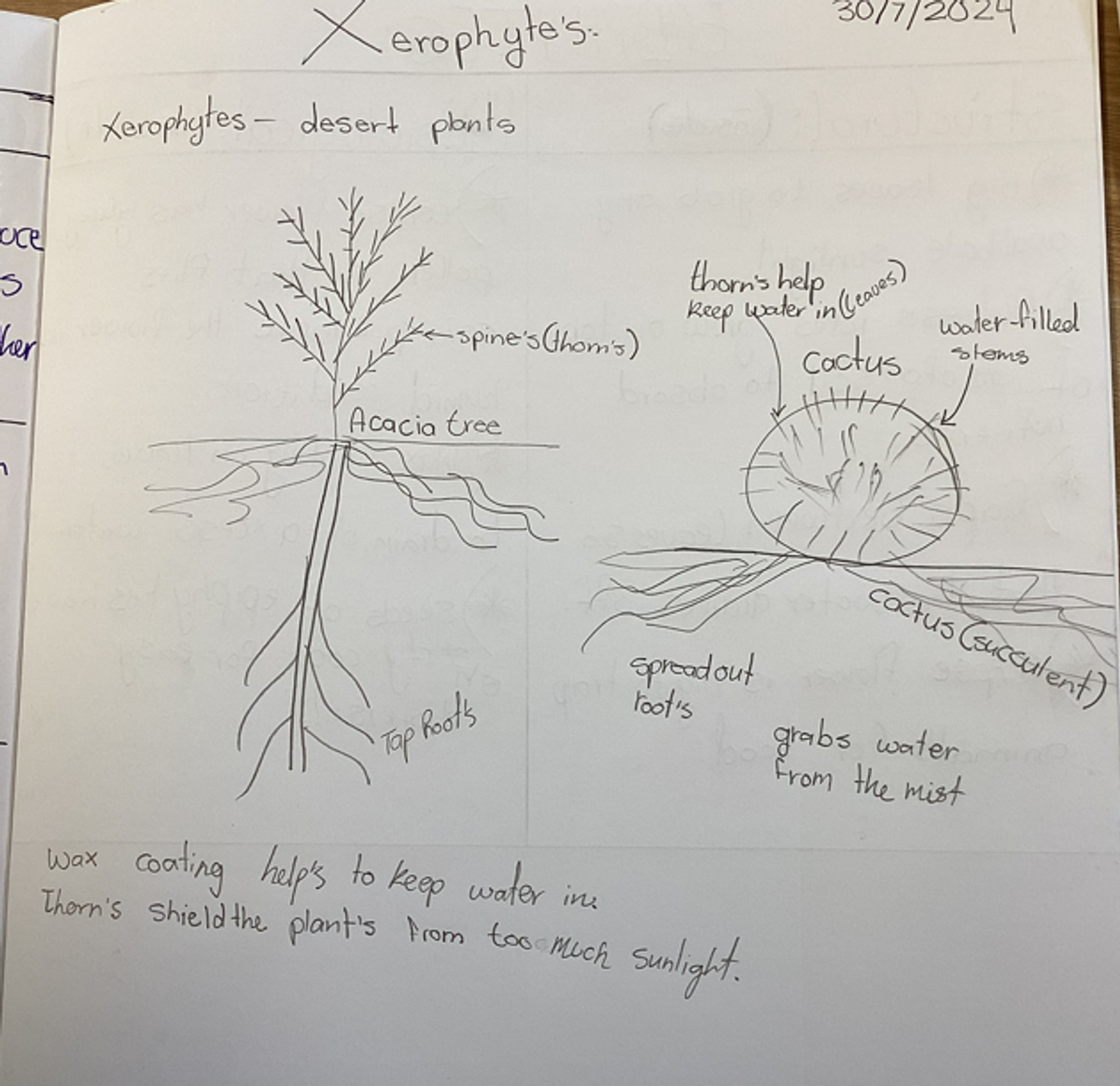

Students learnt about the features of an aquatic, arctic and desert biome and the range of flora and fauna that live in each biome.
Our next step is to use our knowledge and research to create a biome poster to display the variety of animals, plants and features of a major habitat. Students will present their findings in front of their peers at the end of the term.

